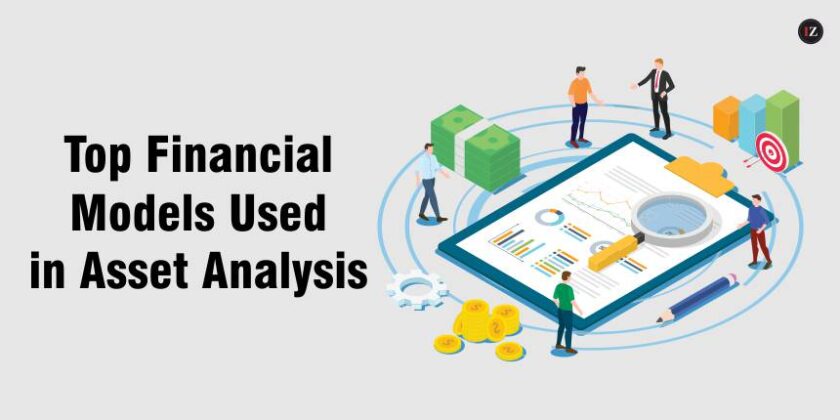The pandemic has made manifest the complexity of our world. Almost overnight, our forecasts and future plans for 2020 became obsolete and we realised that we had no way to produce accurate estimates. Governments and businesses had to play catch up having failed to recognise the early signals. Leadership capable of continuously transforming organizations to win in tomorrow’s fast-changing and increasingly more competitive world.
The business landscape has changed fundamentally over the past few years, and while the future may be looking a little brighter, it’s still uncertain. Even in workplaces that are becoming more active once again, people are still anxious. Normal routines have been turned upside down. In this “new normal”, leadership is more important than ever before because the best leaders define reality and inspire hope.
Leading through change
Change is the only persistent. The dynamics are always changing, and they will always continue to be so. If you plan to ably lead for long enough, you must display ‘change-capable leadership’ that communicates the game plan with every team member, promotes collaboration and stays committed to the cause. Most leadership teams have a deterministic view of the world. We simplify problems and reduce them into manageable parts. We make assumptions, leverage our experience, bring expertise when needed, and generate one view of the future: forecasts, budgets and performance metrics. At this point, we feel good because our craving for certainty is satisfied.
Recognising complexity
In the face of complexity, our predictions are worthless, just like our 2020 budgets were. And after responding competently but tactically to the crisis by conserving cash, reducing expenses, seeking new sources of revenue and protecting employees, many leaders are now re-enacting the movie Groundhog Day, desperately revising budgets and forecast week after week in a desperate attempt to predict the unpredictable. In the face of any uncertainty, let us ask ourselves whether more information, experience or expertise will help us find the answer, or we are simply facing irreducible complexity.
Communicate and be compassionate
Compassion is the quality of having positive intentions and real concern for others. Compassion in leadership creates stronger connections between people. It improves collaboration, raises levels of trust, and enhances loyalty. In addition, studies find that compassionate leaders are perceived as stronger and more competent. The takeaway for leaders having consistent, reliable fact-based communications will be a key ingredient for bringing organizations together and reducing workplace anxiety. Leading organizations have ensured that they treated all sectors of their workforce with equal levels of respect.
Leveraging technology
Companies across the world are dealing with exceptional disruption for their employees, customers, and partners due to the COVID-19 pandemic. Some companies are using technology innovation to address immediate challenges which may position them to be leaders in the new normal. Technology innovation includes new applications of 3D printing, drones, artificial intelligence, and big data analytics. As these new capabilities mature, they may change customer expectations and the landscape of related products & services.
Technology has always been essential to creating greater customer value at lower cost. On the surface, this seems an infallible formula for profitable growth, but in practice companies often find it hard to hold on to the gains from their digital advances. Most of the benefits must be passed on to customers, as is required to remain competitive.
Value your people
Balance is also key when it comes to communications and interactions between leadership and employees. Every day provides reminders that a crisis is underway, and many internal communications only serve to reinforce that. Capitalize on opportunities for more positive interactions that will help your workforce to feel connected, particularly if you’re working remotely. Share in some of the frustrations of social distancing and moments of levity, such as when the dog decides to bark during a Skype or Zoom call. In doing so, you are showing that in these extraordinary times we are all members of a community doing our collective best to navigate uncharted waters.
Imagining possible futures
Successful leadership relies on a manager’s adaptive capacity, described as “an almost magical ability to transcend adversity, with all its attendant stresses, and to emerge stronger than before.” In this pandemic crisis, resilient leaders must respond and adjust to fluid circumstances across the organization in a climate that changes day by day and hour by hour.
As we begin a prolonged adjustment to the “new normal,” responsible, thoughtful leaders must prepare for a significant shift in operational priorities. Your leadership style which likely has served you well up to this point will need to be revisited and adapted to this extraordinary and unprecedented crisis.
Collaborative and social enterprise tools, particularly task-based systems, enable teams to work across organizational boundaries, providing information, guidance and expertise to support effective outcomes. Such systems enable leadership to connect and align up, down and across the organization, and to frame missions the organization can pursue.
Leaders who thrive during normal operations or even during temporary crises can struggle to sustain personal fortitude during a prolonged crisis that impacts their organizations, their communities, their families and themselves. As leadership becomes more distributed to a broad group of leaders in a collective enterprise. This requires people to be truly engaged with the tasks at hand, and to have a greater collective role in defining the organization’s future.




